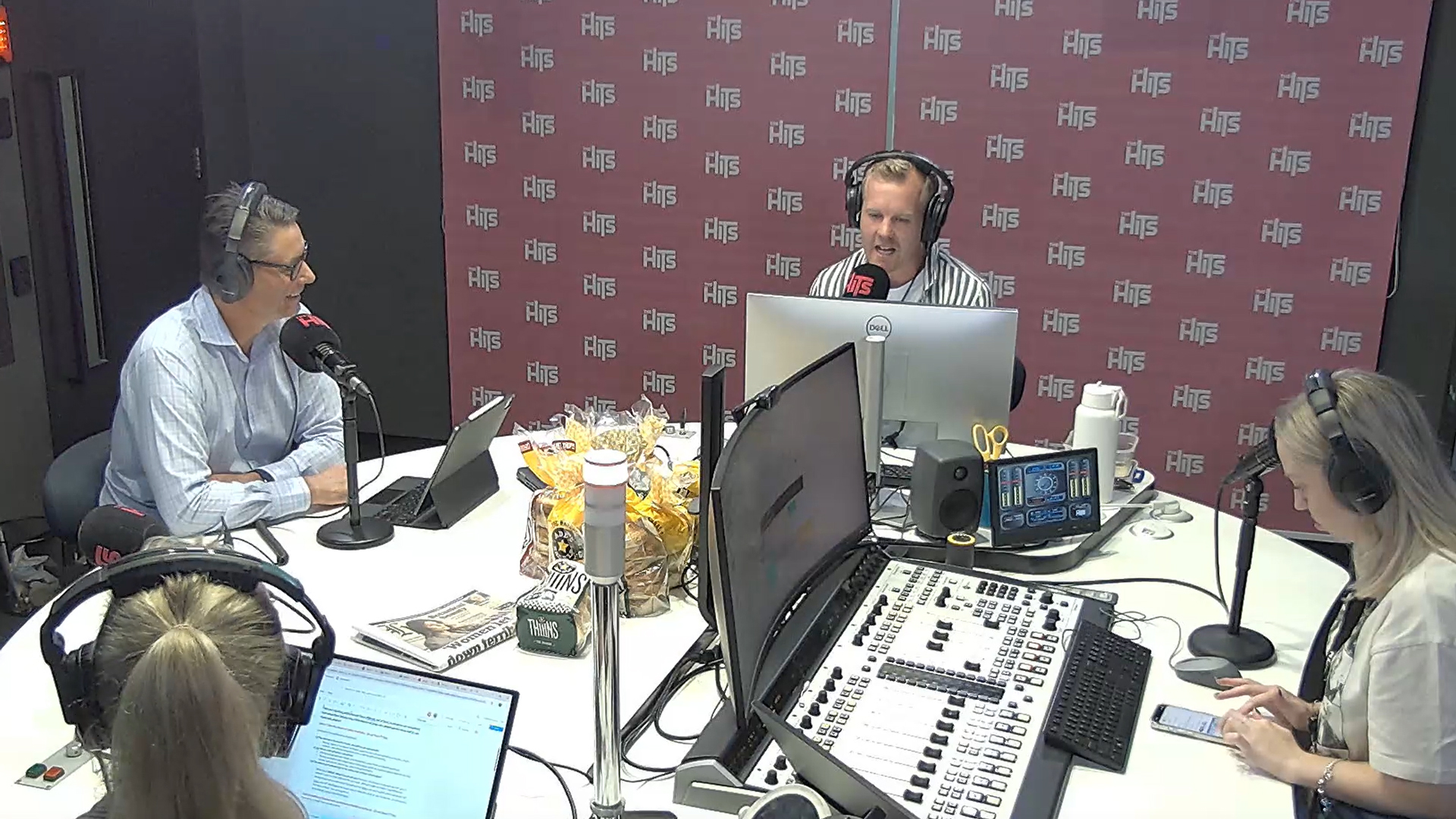Things to consider in your 50s, 60s & beyond
 Money is an emotional topic for us all – and with good reason. You work hard for it in the first place, and your hopes and dreams for your future, and that of your family, are inherently linked to it.
Money is an emotional topic for us all – and with good reason. You work hard for it in the first place, and your hopes and dreams for your future, and that of your family, are inherently linked to it.
Retirement savings don’t just appear out of nowhere on your last day of work. There are several actions you can take in each decade of your life that will help ensure you are set up to enjoy your later years.
Imagine your retirement fund is a tree that you plant at a young age and tend to over the years so that by the time you finally retire, there’s plenty of shade to relax under and lots of delicious fruit to pick.
With the ups and downs of the current market, it’s more important now than ever to put a sound plan in place to get you to where you want to go.
Download our full ‘Navigating Your Investments Through the Decades’ brochure that contains our top tips for saving and investing through all your life stages.


